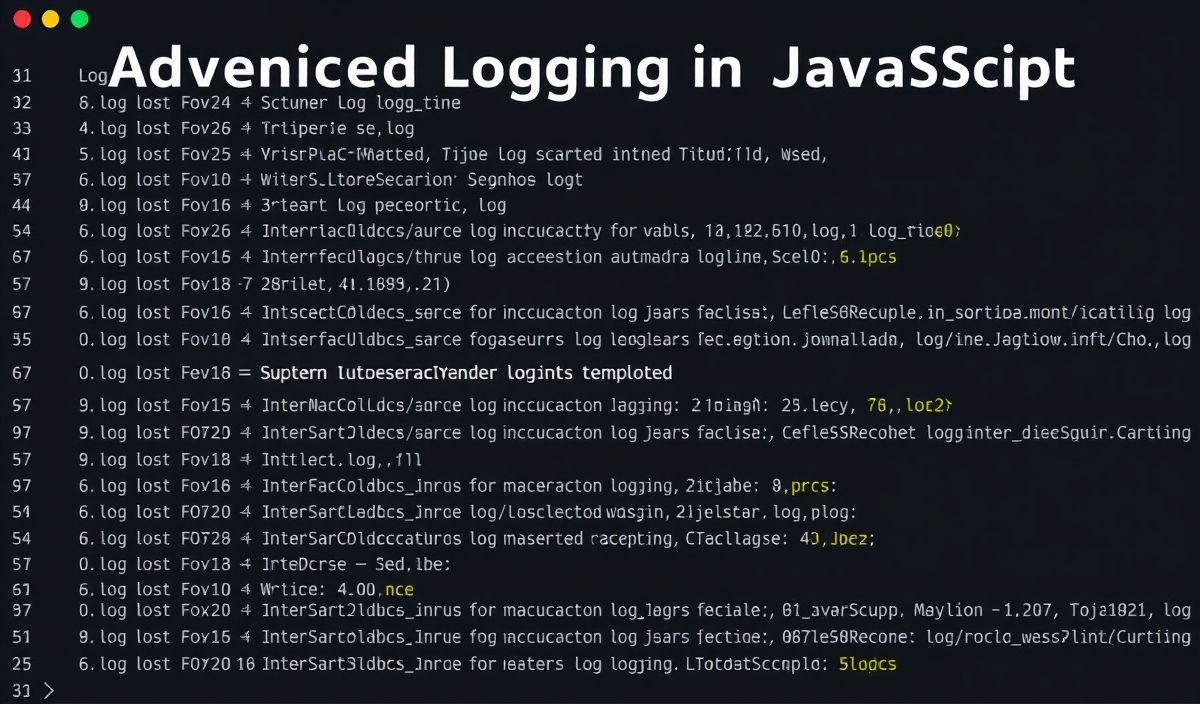Introduction to Mongoose
Mongoose is a powerful and flexible Object Data Modeling (ODM) library for MongoDB and Node.js. It provides a straightforward, schema-based solution to model your application data, along with various built-in features to simplify data manipulation and validation.
Getting Started with Mongoose
First, let’s install Mongoose:
npm install mongooseThen, you can import and connect to your MongoDB instance:
const mongoose = require('mongoose'); mongoose.connect('mongodb://localhost/test', {useNewUrlParser: true, useUnifiedTopology: true});Defining a Schema
Create a model schema to structure your data:
const { Schema } = mongoose; const userSchema = new Schema({
name: String,
age: Number,
email: String,
createdAt: { type: Date, default: Date.now }
});Creating a Model
Next, compile the schema into a model:
const User = mongoose.model('User', userSchema);CRUD Operations
Creating Documents
const newUser = new User({ name: 'John Doe', age: 30, email: 'john@example.com' }); newUser.save((err) => {
if (err) return handleError(err);
console.log('User saved successfully');
});Reading Documents
User.find({ name: 'John Doe' }, (err, users) => {
if (err) return handleError(err);
console.log(users);
});Updating Documents
User.updateOne({ name: 'John Doe' }, { age: 35 }, (err, res) => {
if (err) return handleError(err);
console.log(res);
});Deleting Documents
User.deleteOne({ name: 'John Doe' }, (err) => {
if (err) return handleError(err);
console.log('User deleted successfully');
});Advanced Queries
Filtering and Sorting
User.find({ age: { $gt: 18 } }).sort({ age: -1 }).exec((err, users) => {
if (err) return handleError(err);
console.log(users);
});Population
Define multiple schemas for referencing:
const postSchema = new Schema({
title: String,
content: String,
author: { type: Schema.Types.ObjectId, ref: 'User' }
}); const Post = mongoose.model('Post', postSchema);Use the populate method to include referenced documents:
Post.find()
.populate('author')
.exec((err, posts) => {
if (err) return handleError(err);
console.log(posts);
});Validation
Add validation rules in your schema:
const userSchema = new Schema({
name: {
type: String,
required: [true, 'Name is required'],
minlength: [3, 'Name must be at least 3 characters'],
},
age: {
type: Number,
min: [18, 'Age must be more than 18 years old'],
max: [65, 'Age must be below 65 years old']
},
email: {
type: String,
match: [/^[\w-\.]+@([\w-]+\.)+[\w-]{2,4}$/, 'Please enter a valid email']
}
});Plugins
Mongoose plugins add additional functionality to schemas:
const mongoosePaginate = require('mongoose-paginate-v2'); userSchema.plugin(mongoosePaginate); Using pagination:
User.paginate({}, { page: 1, limit: 10 }, (err, result) => {
if (err) return handleError(err);
console.log(result);
});Creating an Express Application with Mongoose
Finally, let’s create a simple Express application:
const express = require('express'); const app = express(); const mongoose = require('mongoose');
mongoose.connect('mongodb://localhost/test', { useNewUrlParser: true, useUnifiedTopology: true });
const userSchema = new mongoose.Schema({
name: String,
age: Number,
email: String
});
const User = mongoose.model('User', userSchema);
app.use(express.json());
app.post('/users', (req, res) => {
const user = new User(req.body);
user.save()
.then(() => res.status(201).send(user))
.catch((err) => res.status(400).send(err));
});
app.get('/users', (req, res) => {
User.find()
.then((users) => res.send(users))
.catch((err) => res.status(500).send(err));
});
app.listen(3000, () => console.log('Server running on port 3000')); Now you have a functional RESTful API with Mongoose and Express!
Hash: 4e18123e0f06635b3cab7a620ecf4bbeff385a2f34cecd808dd232fb47b0e655




